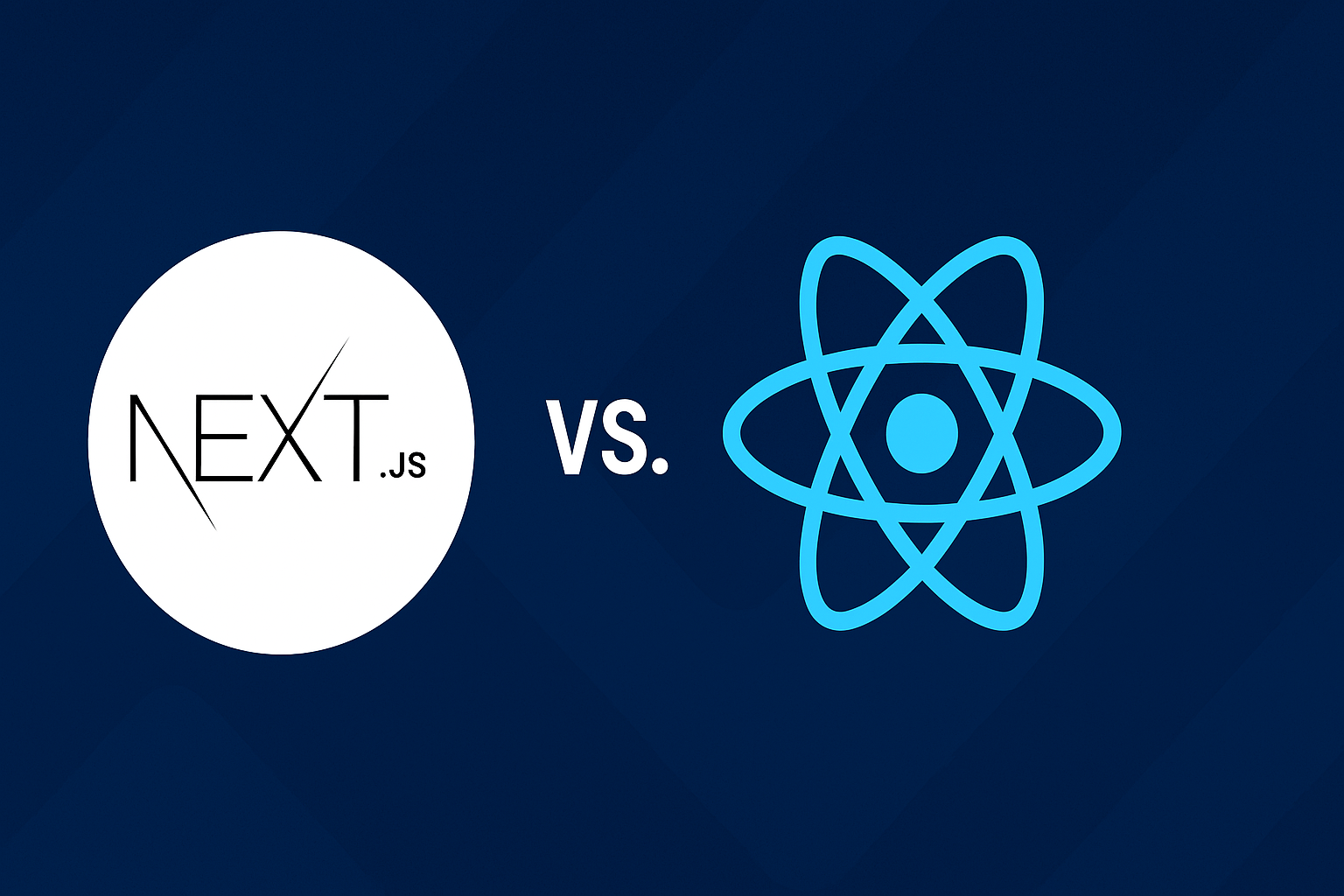Next.js vs. React: Which One Should You Use?
 Hritik Yadav
Hritik Yadav
🚀 If you're diving into modern web development, you've likely come across React and Next.js. Both are widely used for building user interfaces, but they serve different purposes. So, which one should you use for your project? Let’s break it down. 💡💻
What is React? ⚛️
React is a JavaScript library for building interactive user interfaces. It allows developers to create reusable UI components and manage application state efficiently.
Key Features:
Component-based architecture
Virtual DOM for performance optimization
Large ecosystem and community support
Client-side rendering (CSR) by default
What is Next.js? 🔥
Next.js is a React framework that extends React’s capabilities by adding server-side rendering (SSR), static site generation (SSG), and other performance optimizations.
Key Features:
Server-side rendering (SSR) for better SEO
Static site generation (SSG) for fast page loads
API routes for backend functionality
Built-in image optimization and performance enhancements
When to Use React? 🎯
Use React if:
You need a single-page application (SPA) with a dynamic UI.
SEO is not a primary concern.
You want full control over your project structure.
You’re building a web app with frequent data updates.
When to Use Next.js? 🚀
Use Next.js if:
SEO and fast page loads are crucial.
You need server-side rendering (SSR) or static site generation (SSG).
You want a hybrid app that combines static and dynamic pages.
You prefer built-in routing and API support.
Key Differences: ⚖️
| Feature | React | Next.js |
| Rendering | Client-side only | CSR, SSR, SSG, ISR |
| SEO | Less optimized | Highly optimized |
| Routing | Manual setup | Built-in |
| Performance | Depends on optimization | Faster out-of-the-box |
| API Handling | Requires external backend | Built-in API routes |
Final Thoughts 🎯
If you’re building an interactive, data-heavy SPA, React is a great choice. If you need better performance, SEO, and hybrid rendering, Next.js is the way to go. Ultimately, your choice depends on your project’s needs—both are powerful tools that help developers build amazing web applications. 🚀💻
Subscribe to my newsletter
Read articles from Hritik Yadav directly inside your inbox. Subscribe to the newsletter, and don't miss out.
Written by
